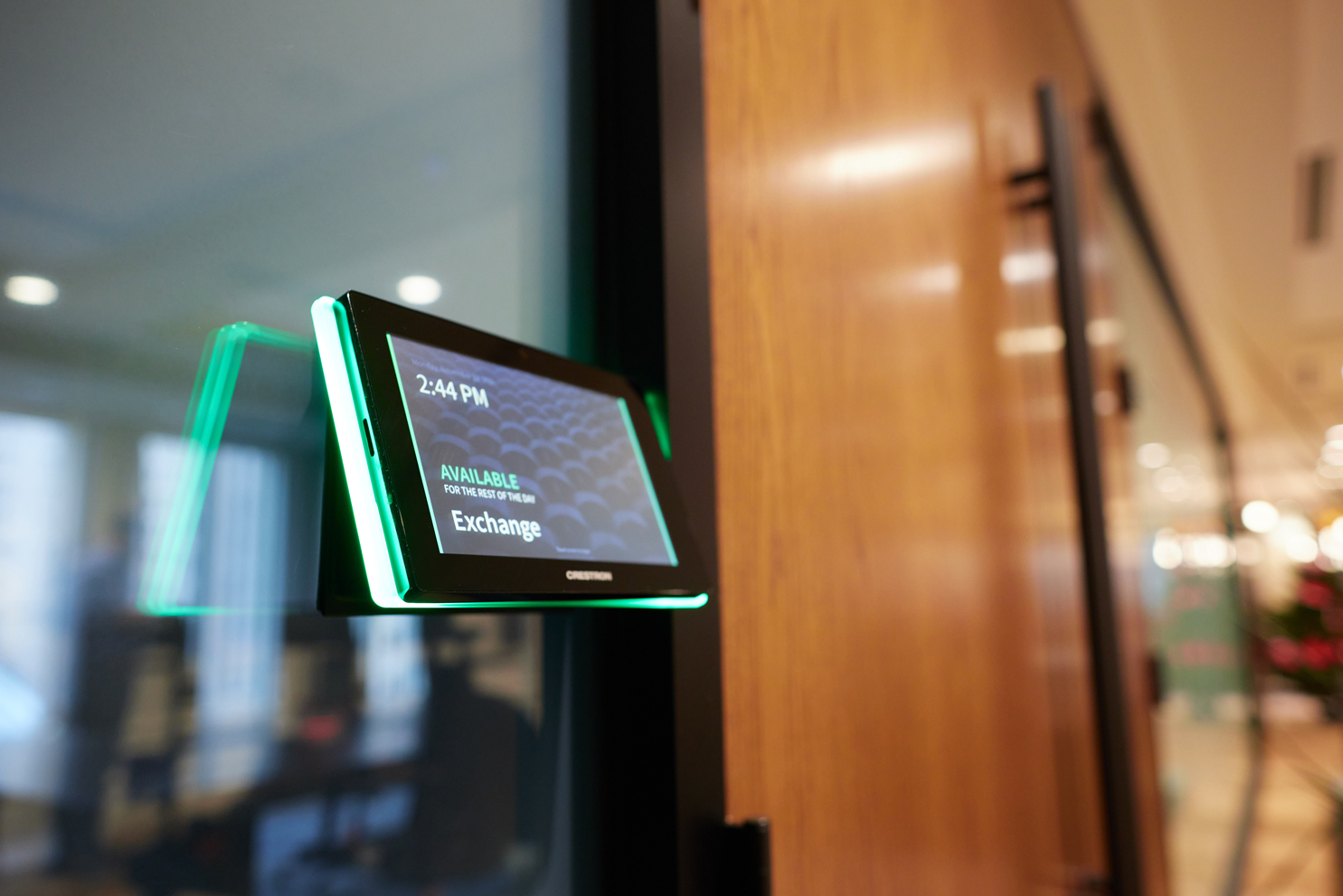If you’re running a business, you know that scheduling is critical. And when it comes to scheduling, nothing is more important than room scheduling. Room scheduling systems allow you to manage your calendar and meeting room space in one convenient place.
In this blog post, we will discuss how room scheduling systems work and their benefits.
Room scheduling systems are digital tools that allow businesses to manage their calendars and bookings in one place. They typically offer a variety of features, such as the ability to create and manage events, send reminders, track payments, and more.
There are many different room scheduling solutions on the market, each with its own unique features. However, all room schedulers share one common goal: to help businesses run more efficiently by simplifying the scheduling process.

There are many benefits of using a room scheduler, such as:
With more different types of spaces in the workplace than ever before, a room scheduling tool unifies them all on one user-friendly platform.
Employees choose what they require and determine availability right away from their personal computers, tablets, or on the spot using enterprise-grade scheduling panels.
The master control dashboard allows managers to see a high-level overview of all the activity and quickly identify potential conflicts.
Gather information, reallocate space, and increase productivity
An advanced room management dashboard gives facility managers detailed information on which rooms are being used, how they’re being utilized, and by whom so you can be sure that spaces are adequately sized, occupied, and efficiently utilized.
Now that we’ve discussed the benefits of using a room scheduler let’s look at the different components of a room scheduling system.
Room Scheduling Software
The first component of a room scheduling system is the room scheduling software. This is the software that businesses use to manage their calendars and bookings. There are many different types of room scheduling software available on the market, each with its own unique set of features.
Room scheduling can be managed on a networked PC, tablet, or dedicated control device.
Many room scheduling software solutions integrate with office applications like Microsoft Outlook and Microsoft teams, improving employee adoption while providing a seamless, native experience.
Room Scheduling Panel
The second component of a room scheduling system is the room scheduling panel. These are the physical panels businesses use to control, monitor, and update their room scheduling software. Room scheduling panels are often located just outside each meeting space and look similar to an iPad or digital tablet. They offer a variety of features, such as the ability to create and manage events, send reminders, or indicate occupancy.
Availability Indicators
Though not used in every environment, the third principal component of a room scheduling system is an availability indicator. This physical display indicates that a meeting room is vacant or occupied.
Most availability indicators can be customized with illuminated color-coded indicators for occupancy status or even to indicate that a room is ready for cleaning.
Badge Scanners/Biometric Scanners
Another component of a room scheduling system that can be employed is badge scanners or biometric scanners. These are used to grant access to a room and track employee attendance at meetings and events. Badge scanners are often integrated with time and attendance systems to provide businesses with detailed reports on employee productivity.
Occupancy Sensors
Room scheduling systems often incorporate motion-activated or infrared-activated occupancy sensors to automatically detect when a room is occupied or vacant. This information can then be used to update the room’s availability in real-time, ensuring that employees always have accurate information on which rooms are available.
When choosing a room scheduler for your business, there are many factors to consider. Some of the most important factors include:
Your Business
Room schedulers come with a variety of features and incorporate physical components in various shapes and sizes, so it’s essential to choose one that will fit the needs of your business.
Your Budget
Room schedulers can range in price from free to several thousand dollars for a complex installation, so it’s important to choose one that fits within your budget.
Your Needs
What features are you looking for in a room scheduler? Do you need something simple or complex? Choose a room scheduler that offers the features you need and provides scalability for future growth.
There you have it! A complete guide to room scheduling panels. We hope this article has helped you understand the different components of a room scheduling system and how to choose the right one for your business. Thanks for reading!
Do you have any questions about room scheduling panels? Our expert MTG account managers are ready to help you determine the best system for your specific business needs that fit your budget.